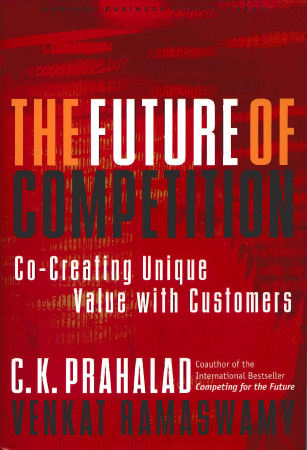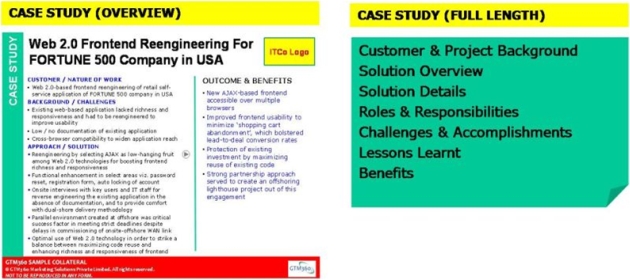 It’s over a decade since the late C K Prahalad and Venkat Ramaswamy wrote their seminal book The Future of Competition: Co-Creating Unique Value With Customers.
It’s over a decade since the late C K Prahalad and Venkat Ramaswamy wrote their seminal book The Future of Competition: Co-Creating Unique Value With Customers.
During this period, users have written millions of articles on Wikipedia and posted zillions of updates and photographs on Facebook, Twitter, Pinterest and other social networks. Judging by the explosive growth of these UCG platforms, it’d appear that co-creation has come of age.
Yes and no.
Co-creation with users is indeed mainstream.
However, this is not co-creation with customers, given that these users are not customers. As they say, when the product is free, the user is the product.
Customer is one who pays a business. Going by that conventional definition, customers of Wikipedia and Facebook / Twitter / Pinterest are donors and advertisers respectively. There’s hardly any content from these parties. Ergo, Web 2.0 B2C services are not examples of co-creation with customers.
Customer co-creation is even rarer in B2B where the user’ employer is a paying customer.
Why?
For all its benefits, co-creation poses one major risk to vendors: Paying customers start expecting the product for free when they contribute to its development.
It might to tempting to argue that, since co-creation carries high risk, it must deliver high returns. From my experience of working in more than one software product company, that’s not the case. In ERP, CBS and many other software categories, I’ve seen customers push back a lot when the vendor tries to charge for any product upgrade resulting from specifications gathered via user groups. As a result, it’s difficult to sell co-created functionality even at 50% discount.
This is not to say that customer co-creation is impossible. Just that vendors should recognize that it requires a lot of technocommercial tightrope walking.
Marketers might want to pilot their co-creation initiatives with resellers and other channel partners before extending them to their prospects and customers.
When they get there, they’d be better off targeting the innovator and early adopter market segments.
With this audience, marketers could use PEEK-STEER-BOAST as the key drivers of co-creation. This framework is derived from a certain behavior of the target audience that’s described by Marc Köhlbrugge, founder of BetaList and OpenMargin, in How I tricked TechCrunch into writing about my startup:
I have always been interested in beta-testing startups. You get to try out tomorrow’s products before anyone else and often get to influence what the end result will look like too… There’s also some vanity involved of course. Being an early adopter is worn as a badge of honor. Often concretely expressed in having your first name as the username on the new service.
This tactic will work even better if customers perceive that the product they’re co-creating is headed for glory in the future.


